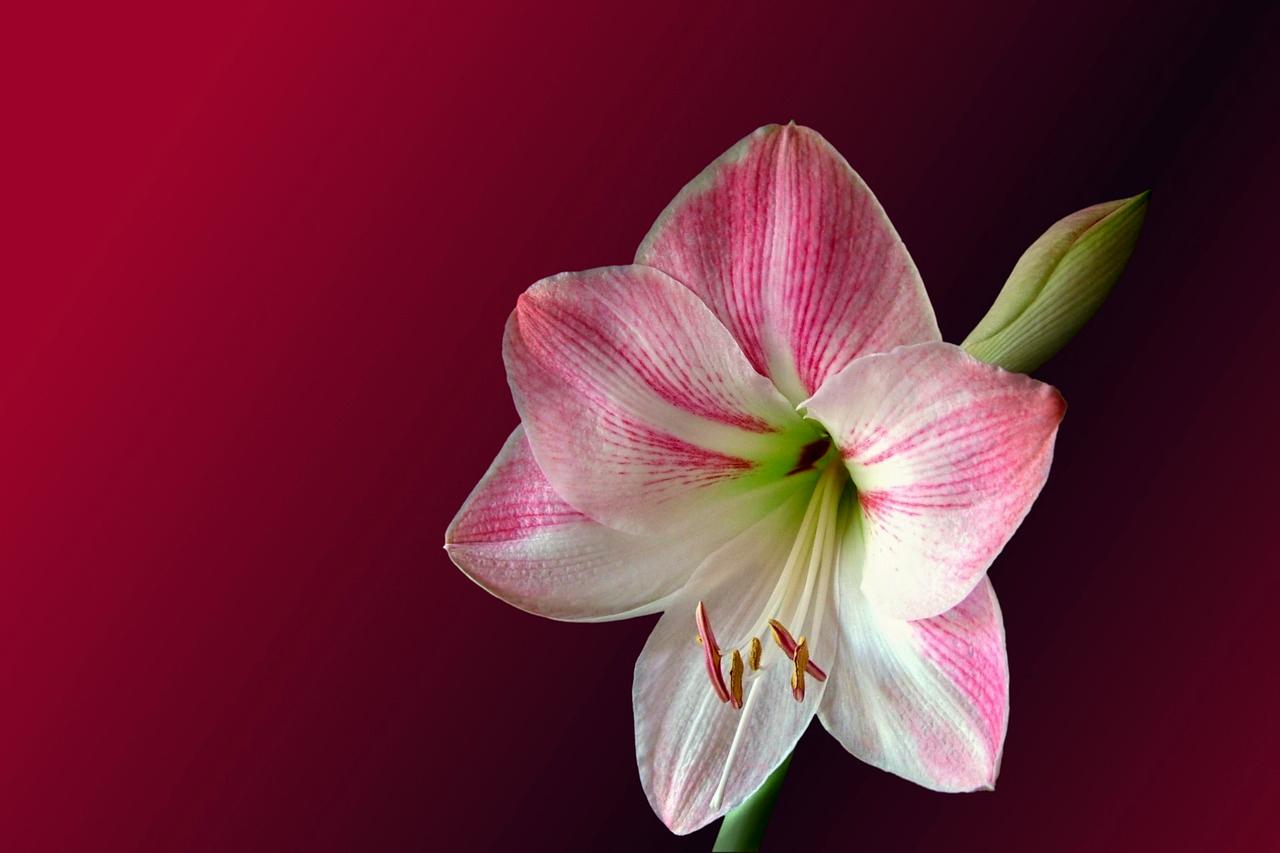Amaryllis plants are popular holiday flowers, known for their stunning blooms and ability to brighten up spaces during the bleak winter months. However, many people who enjoy gardening or floral arrangements may wonder whether these vibrant plants pose a risk, particularly to pets and children.
In this post, we will dig into the toxicity of Amaryllis plants, examining their toxic compounds, the symptoms of poisoning, and what you should do if they are part of your home or garden. Additionally, we will explore safe alternatives to Amaryllis that can bring just as much beauty without the associated risks.
Toxic Chemicals: Lycorine

Amaryllis belongs to the Amaryllidaceae family, which includes several well-known plants, many of which are toxic. The primary toxic compound found in Amaryllis is lycorine, an alkaloid that can cause gastrointestinal distress and other symptoms upon ingestion. Lycorine is present in various parts of the plant, including the bulbs, leaves, and flowers. While the toxicity of Amaryllis is not usually fatal, it can lead to significant discomfort in those who consume its parts.
In addition to lycorine, Amaryllis plants may contain other compounds that can contribute to their toxicity, although lycorine is the most notable. Symptoms can vary depending on how much of the plant is consumed and the individual’s sensitivity to these compounds.
What Are The Signs Of Amaryllis Poisoning?
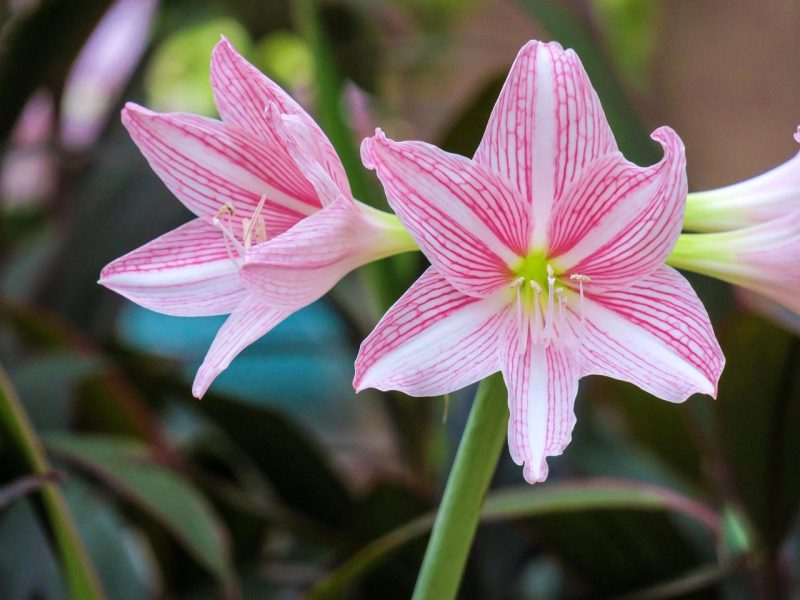
Understanding the signs of Amaryllis poisoning is crucial for any pet owner or caregiver. Symptoms typically manifest within a few hours of ingesting part of the plant and may include:
Gastrointestinal Distress: Those who consume Amaryllis may experience nausea, vomiting, diarrhea, and abdominal pain. This is often the most common reaction and can lead to dehydration if not managed.
Lethargy: Affected individuals, whether they are human or animal, might exhibit unusual tiredness or weakness as their bodies respond to the toxins.
Drooling and Salivation: Increased salivation or drooling can occur, especially in pets that have chewed on the plant.
Irritation: Mouth and throat irritation might occur, causing discomfort and leading to difficulty swallowing in severe cases.
Increased Heart Rate: In some instances, ingestion of Amaryllis can lead to an increased heart rate or arrhythmias.
In pets, particularly dogs and cats, signs of Amaryllis poisoning can mirror those of humans, but they may also include more specific behaviors, such as excessive pawing at the mouth or signs of abdominal discomfort.
If you suspect that someone or a pet has ingested Amaryllis, it is advisable to seek medical attention or contact emergency animal services immediately. Early intervention can reduce the risk of severe symptoms and help manage any discomfort.
What If I Have Amaryllis In My Home Or Garden?

If you find yourself with Amaryllis plants in your home or garden, the best approach is to handle them with care. Here are several strategies to minimize risk:
Location: Place Amaryllis plants in places that are out of reach of pets and young children. Hanging baskets or elevated shelves are ideal options.
Education: Educate family members, particularly children, about the potential risks of consuming non-food plants. Instilling a respect for plants can prevent accidental ingestion.
Proper Care: Be mindful when caring for Amaryllis plants. Always wash your hands after handling them to avoid transferring any residues to your mouth or face.
Disposal: If you intend to get rid of Amaryllis plants, make sure to dispose of them safely, ensuring that pets or children cannot access the discarded parts. Composting may not be an option as this could lead to unintentional exposure in your garden later.
Monitor Symptoms: Keep an eye on any symptoms among pets or people in your home. If you notice any concerning signs or behaviors, don’t hesitate to consult a healthcare professional or veterinarian.
By being proactive, you can enjoy the beauty of Amaryllis while minimizing any risks associated with their toxicity.
Safe Alternatives To Amaryllis
If you appreciate the beauty of Amaryllis but would prefer to avoid the associated risks, there are plenty of safe alternatives that can provide similar beauty without the worry of poisoning. Here are 10 recommended options:
Gerbera Daisy

Gerbera daisies are vibrant, cheerful flowers that come in a variety of colors. They are non-toxic to both humans and pets, making them an excellent choice for homes with children and animals. Their large, daisy-like blooms can brighten any space and bring a touch of summer indoors.
Orchid
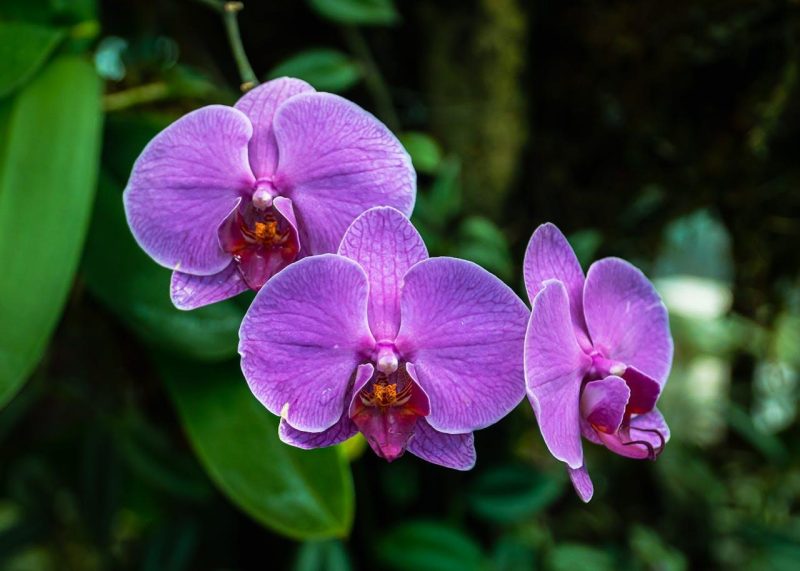
Orchids are elegant and exotic blooms that can thrive indoors with the right care. They are non-toxic and can be a stunning centerpiece in your home. With many species and hybrid varieties available, orchids come in various colors and sizes, providing endless options for aesthetics. They require specific light and humidity conditions, but with care, they can reward you with beautiful flowers that can last for weeks.
Rose
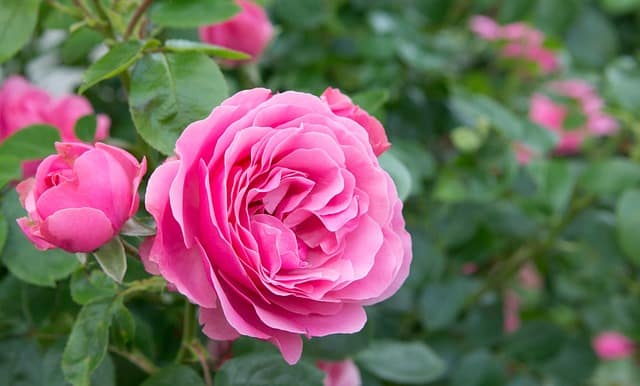
Roses are classic flowers known for their beauty and fragrance. While some varieties may have thorns, they are generally considered safe for both humans and pets. Roses can be grown as bushy plants or trained as climbers, adding color and charm to your garden or home decor. Their sentimental value and timeless appeal make them a favorite in bouquets and floral arrangements.
Spring Crocus
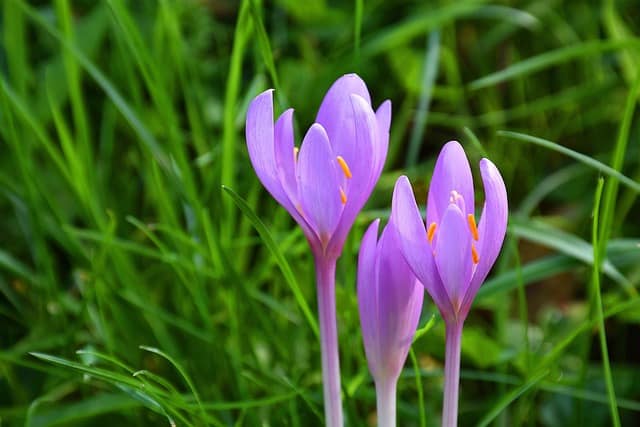
Crocus plants herald the arrival of spring with their early blooms. While some species of crocus contain toxins (notably the autumn crocus, which is not the same as spring crocus), the commonly cultivated spring crocus (Crocus vernus) is safe for pets and humans. They feature delicate, cup-shaped flowers in shades of purple, yellow, and white, making them a delightful addition to gardens.
Snapdragon
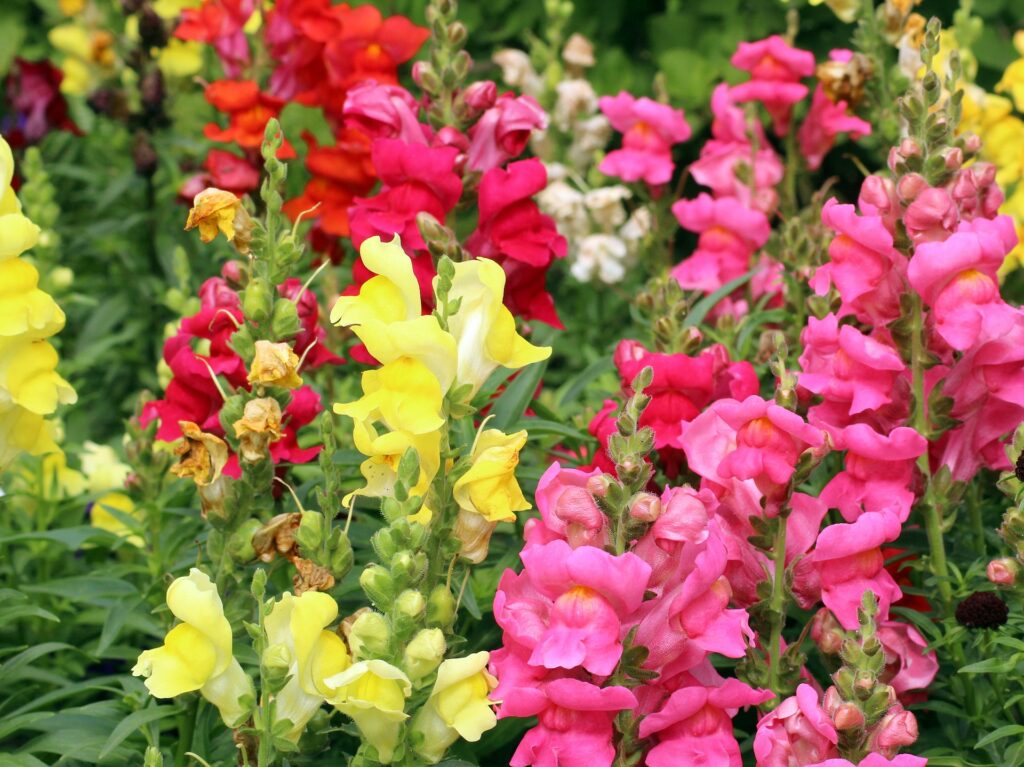
Snapdragons are vibrant flowers known for their unique, dragon-shaped blooms. They are non-toxic and come in a wide range of colors, providing vertical interest in the garden. Snapdragons can be grown as annuals or perennials, depending on the variety, and are perfect for cut flower arrangements as well.
Limonium
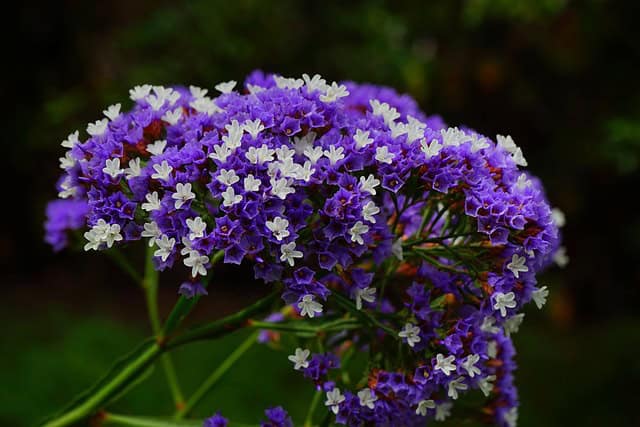
Limonium, also known as sea lavender, is another safe option for those looking to avoid toxicity. With its clusters of small, papery flowers that can be purple, blue, or white, Limonium adds a touch of delicacy to gardens. It thrives in full sun and well-drained soil, making it an attractive addition to both garden beds and dried flower arrangements.
Waxflower

Waxflowers are known for their unique, delicate blooms that resemble tiny stars. These hardy plants produce long-lasting flowers, making them ideal for use in bouquets or for drying. They are non-toxic and can thrive in rocky or sandy soils, adding texture and color with their pink, white, or yellow flowers.
Statice
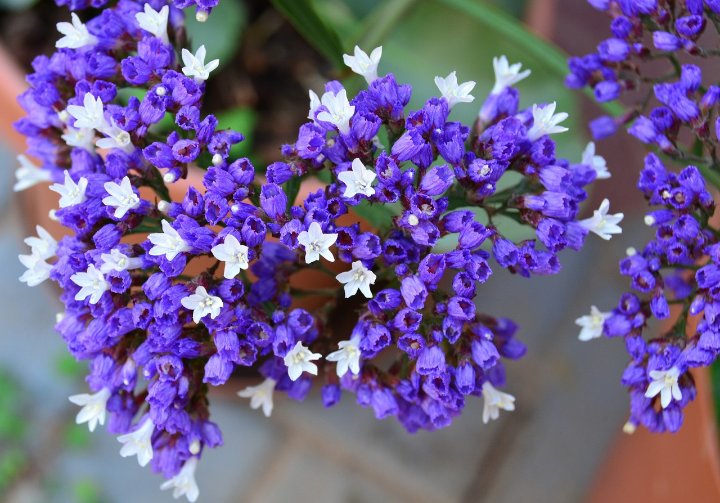
Statice, another excellent dried flower, offers vibrant color without the risk of poisoning. Statice comes in shades of purple, pink, yellow, and white, providing a cheerful display in flower arrangements. They are drought-tolerant and thrive in coastal conditions, making them an ideal choice for seaside gardens.
Freesia
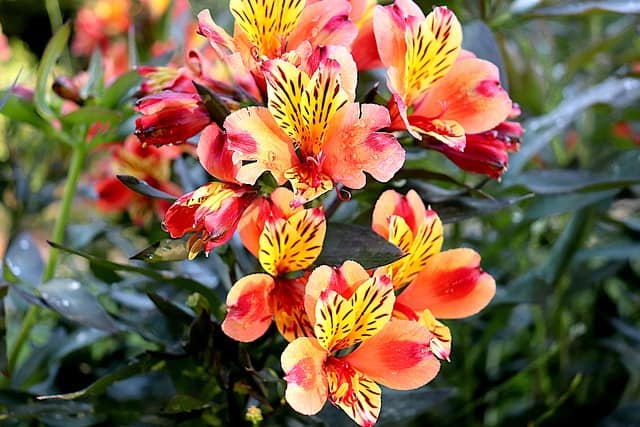
Freesia is beloved for its sweet fragrance and charming, funnel-shaped blooms. Available in multiple colors, freesia is perfect for planting in gardens or for indoor arrangements. They are non-toxic and are also known to attract beneficial pollinators, making them a great choice for gardening enthusiasts.
Sunflower

Sunflowers are bright, cheerful flowers that are easy to grow and maintain. They are safe for both people and pets and bring a joyful burst of color to gardens or outdoor spaces. Their large heads follow the sun, and they can reach impressive heights, making them a stunning focal point.
Zinnia

Zinnias are hardy annuals, known for their colorful, daisy-like flowers. They are non-toxic and come in a variety of colors and shapes, attracting butterflies and beneficial insects to your garden. Zinnias are easy to grow from seed and are perfect for both beginner and experienced gardeners.
Bromeliads
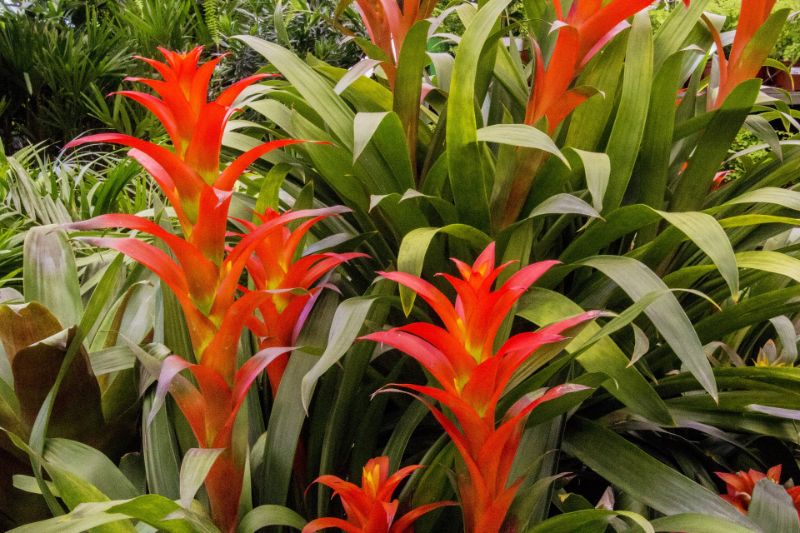
Bromeliads are tropical plants known for their striking foliage and colorful flowers. They are safe for pets and can thrive indoors with minimal care. Bromeliads appreciate bright, indirect light and moderate humidity, making them perfect for home decor.
Lipstick Plant
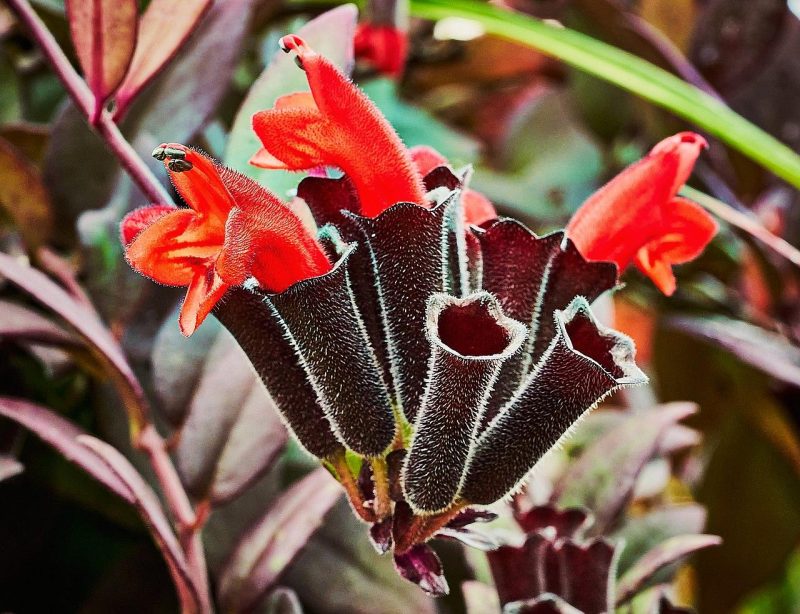
Lipstick plants (Aeschynanthus radicans) offer unique, tubular flowers that resemble lipstick tubes. They are non-toxic and are typically grown in hanging baskets, adding a touch of whimsy to indoor spaces. With proper care, they can provide stunning blooms and lush green foliage.
Burro’s Tail

Burro’s tail (Sedum morganianum) is a succulent known for its trailing stems covered in plump, blue-green leaves. This plant is not toxic and makes a beautiful addition to hanging pots or outdoor arrangements. Burro’s tail is drought-resistant and requires minimal care, making it an ideal choice for busy gardeners.
Conclusion
While Amaryllis plants can bring beauty and joy into your life, it’s essential to be aware of their potential toxicity, particularly if you have children or pets in your home. The presence of lycorine and other toxic compounds in the plant means that caution should be exercised to avoid accidental ingestion.


